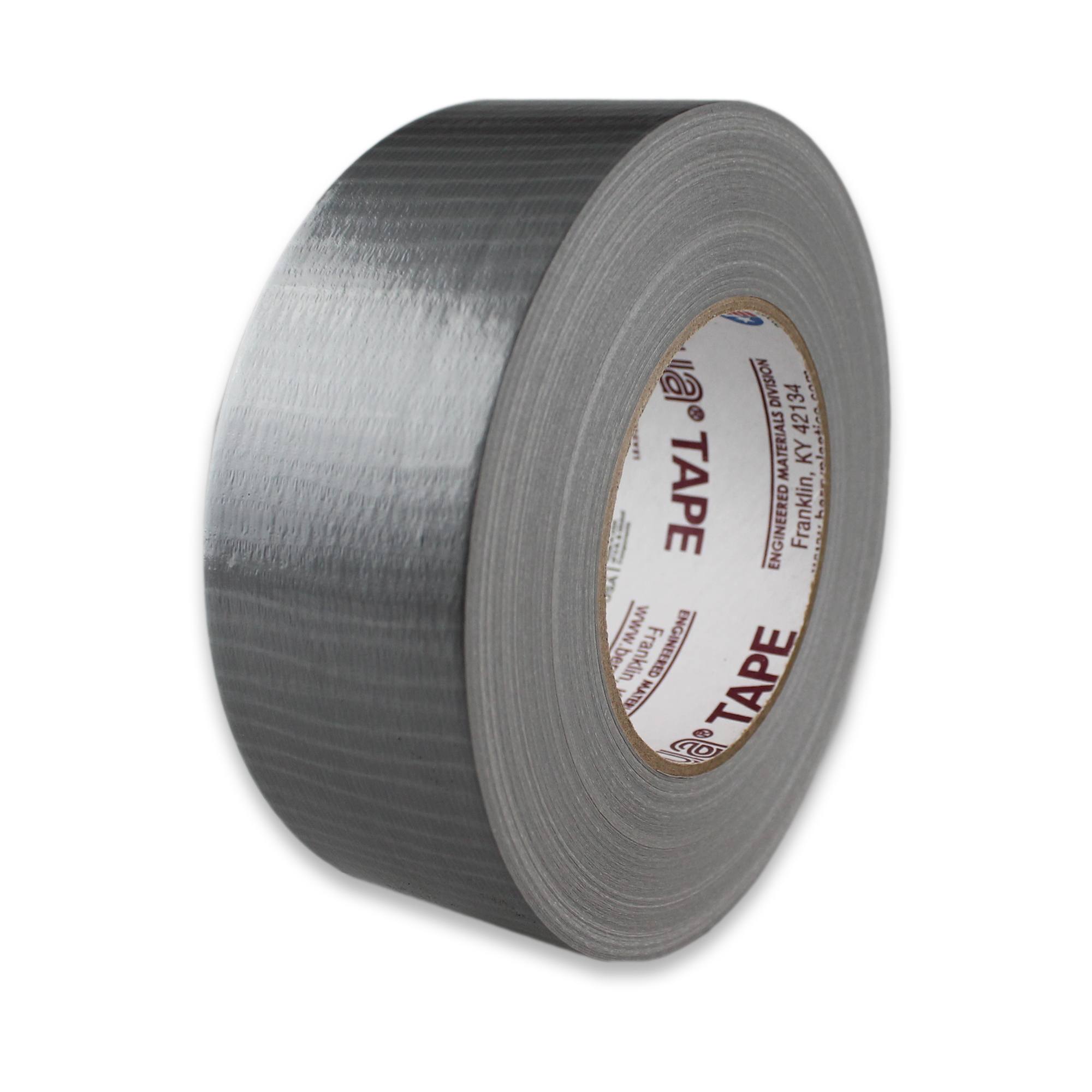- Joined
- Dec 8, 2017
- Messages
- 442
One of my drives has been doing an extended test for at least 30 hours or so. It seems to be stuck at 10%. No other errors on an other drives. Pool activity is low overall, especially over night. Should I be worried? Let it go? Do something about it?
Code:
root@nas:~ # smartctl -a /dev/da4 smartctl 6.6 2017-11-05 r4594 [FreeBSD 11.1-STABLE amd64] (local build) Copyright (C) 2002-17, Bruce Allen, Christian Franke, www.smartmontools.org === START OF INFORMATION SECTION === Device Model: ST8000NM0055-1RM112 Serial Number: ZA18QEYT LU WWN Device Id: 5 000c50 0a43feff0 Firmware Version: SN02 User Capacity: 8,001,563,222,016 bytes [8.00 TB] Sector Sizes: 512 bytes logical, 4096 bytes physical Rotation Rate: 7200 rpm Form Factor: 3.5 inches Device is: Not in smartctl database [for details use: -P showall] ATA Version is: ACS-3 T13/2161-D revision 5 SATA Version is: SATA 3.1, 6.0 Gb/s (current: 6.0 Gb/s) Local Time is: Fri May 18 00:07:29 2018 PDT SMART support is: Available - device has SMART capability. SMART support is: Enabled === START OF READ SMART DATA SECTION === SMART overall-health self-assessment test result: PASSED General SMART Values: Offline data collection status: (0x82) Offline data collection activity was completed without error. Auto Offline Data Collection: Enabled. Self-test execution status: ( 249) Self-test routine in progress... 90% of test remaining. Total time to complete Offline data collection: ( 575) seconds. Offline data collection capabilities: (0x7b) SMART execute Offline immediate. Auto Offline data collection on/off support. Suspend Offline collection upon new command. Offline surface scan supported. Self-test supported. Conveyance Self-test supported. Selective Self-test supported. SMART capabilities: (0x0003) Saves SMART data before entering power-saving mode. Supports SMART auto save timer. Error logging capability: (0x01) Error logging supported. General Purpose Logging supported. Short self-test routine recommended polling time: ( 1) minutes. Extended self-test routine recommended polling time: ( 753) minutes. Conveyance self-test routine recommended polling time: ( 2) minutes. SCT capabilities: (0x70bd) SCT Status supported. SCT Error Recovery Control supported. SCT Feature Control supported. SCT Data Table supported. SMART Attributes Data Structure revision number: 10 Vendor Specific SMART Attributes with Thresholds: ID# ATTRIBUTE_NAME FLAG VALUE WORST THRESH TYPE UPDATED WHEN_FAILED RAW_VALUE 1 Raw_Read_Error_Rate 0x000f 077 064 044 Pre-fail Always - 53788952 3 Spin_Up_Time 0x0003 089 087 000 Pre-fail Always - 0 4 Start_Stop_Count 0x0032 100 100 020 Old_age Always - 56 5 Reallocated_Sector_Ct 0x0033 100 100 010 Pre-fail Always - 0 7 Seek_Error_Rate 0x000f 076 060 045 Pre-fail Always - 38154757 9 Power_On_Hours 0x0032 100 100 000 Old_age Always - 341 (24 199 0) 10 Spin_Retry_Count 0x0013 100 100 097 Pre-fail Always - 0 12 Power_Cycle_Count 0x0032 100 100 020 Old_age Always - 56 184 End-to-End_Error 0x0032 100 100 099 Old_age Always - 0 187 Reported_Uncorrect 0x0032 100 100 000 Old_age Always - 0 188 Command_Timeout 0x0032 100 099 000 Old_age Always - 4295098370 189 High_Fly_Writes 0x003a 100 100 000 Old_age Always - 0 190 Airflow_Temperature_Cel 0x0022 050 043 040 Old_age Always - 50 (Min/Max 47/57) 191 G-Sense_Error_Rate 0x0032 100 100 000 Old_age Always - 621 192 Power-Off_Retract_Count 0x0032 100 100 000 Old_age Always - 43 193 Load_Cycle_Count 0x0032 100 100 000 Old_age Always - 117 194 Temperature_Celsius 0x0022 050 057 000 Old_age Always - 50 (0 14 0 0 0) 195 Hardware_ECC_Recovered 0x001a 077 064 000 Old_age Always - 53788952 197 Current_Pending_Sector 0x0012 100 100 000 Old_age Always - 0 198 Offline_Uncorrectable 0x0010 100 100 000 Old_age Offline - 0 199 UDMA_CRC_Error_Count 0x003e 200 200 000 Old_age Always - 0 240 Head_Flying_Hours 0x0000 100 253 000 Old_age Offline - 333 (97 137 0) 241 Total_LBAs_Written 0x0000 100 253 000 Old_age Offline - 14308148320 242 Total_LBAs_Read 0x0000 100 253 000 Old_age Offline - 35428419184 SMART Error Log Version: 1 No Errors Logged SMART Self-test log structure revision number 1 Num Test_Description Status Remaining LifeTime(hours) LBA_of_first_error # 1 Extended offline Self-test routine in progress 90% 341 - SMART Selective self-test log data structure revision number 1 SPAN MIN_LBA MAX_LBA CURRENT_TEST_STATUS 1 0 0 Not_testing 2 0 0 Not_testing 3 0 0 Not_testing 4 0 0 Not_testing 5 0 0 Not_testing Selective self-test flags (0x0): After scanning selected spans, do NOT read-scan remainder of disk. If Selective self-test is pending on power-up, resume after 0 minute delay.


